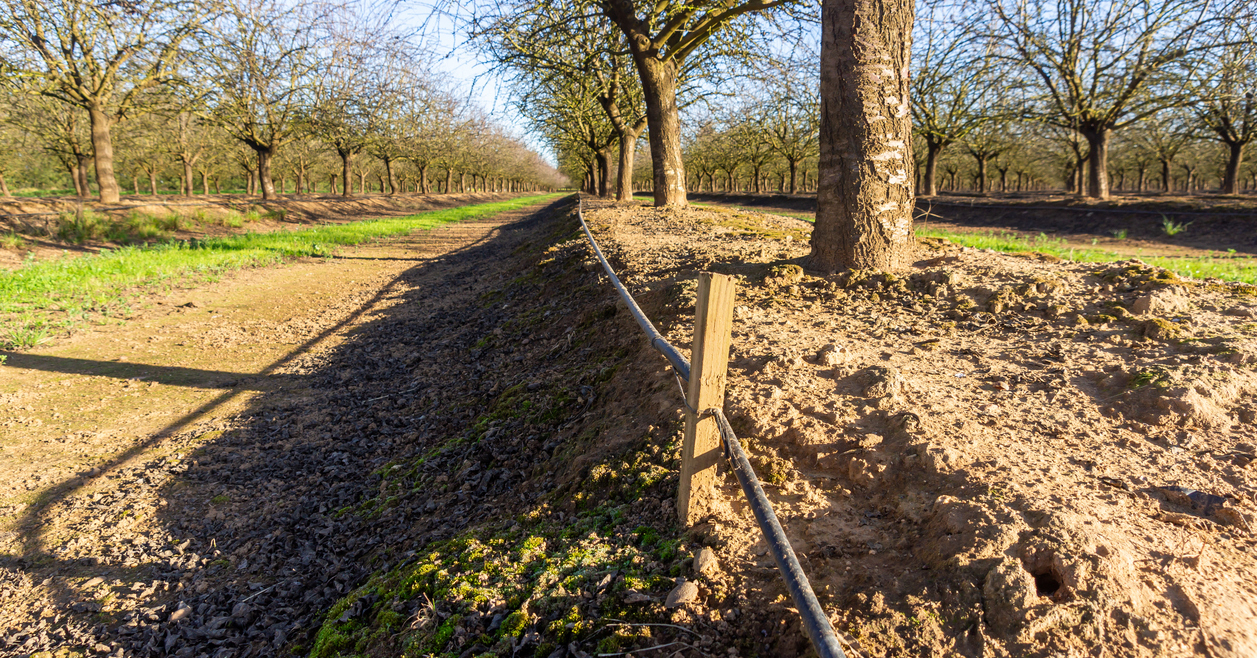How Droughts Can Affect Your Trees
Though the April U.S. Seasonal Drought Outlook report from the National Weather Service Climate Prediction Center doesn’t forecast much drought in the Southeast this summer, it’s something we should all remain prepared for.
The National Integrated Drought Information System asserts that “Drought’s consequences are far-reaching, impacting water quality, public health, the economy, the natural environment, public infrastructure, and more.”
At Premier Tree Solutions, we care about the impact drought can have on the entire community, but here are a few particular ways it may affect your trees.
Loss of Foliage & Lack of Photosynthesis
One of the first things you’ll notice if your tree is suffering from lack of water is wilting and shedding of leaves. This is a form of defense when the tree is fighting to retain as much moisture for survival as possible.
But leaves are the primary vehicle for photosynthesis — how the tree absorbs sunlight to synthesize food — so it isn’t just the beautiful green canopy that’s being damaged. Imagine if you lost the function of your digestive system, and could no longer process food for energy. The same complex problems arise for trees that are losing leaves because of drought.
Susceptible to Insects and Disease
The negative effect of leaf loss during drought is visually obvious, but because of it, trees also become more vulnerable to insects and disease. When the amount of available moisture in surrounding soil declines significantly, it can cause the root hairs (and sometimes more established roots) to die back.
“Root loss leads to tree stress, and dramatically increased susceptibility to a number of insects and diseases,” reports Alabama A&M and Auburn Universities Extension. While fighting to hold on to as much moisture possible, your trees may also be losing the battle against other intruders.
Growth Lag
Even if the rains return and your tree is able to recover in the short term, the effects of drought may reverberate longer than you think. A 2015 study by the U.S. Forest Service found that “Trees do not recover to normal growth rates immediately following drought; growth rates may take up to four years to recover.” This could mean that they remain in a weaker state for a longer period, and continue to struggle fighting pests, disease, or damage from storms or other extreme weather.
Caring for Your Tree During Drought
There are several things you can do to help your trees through a drought:
- Limit pruning to only dead limbs and branches, so that your tree does not have to expend energy healing unnecessary wounds.
- Apply organic mulch around the base of the tree to help it retain water.
- Hand water your tree with strategic deep waterings to help sustain the roots. The Georgia Gardener Walter Reeves has specific advice about how much, and how often to water during drought.
Concerned about your trees during drought (or any other time of the year)? Our Certified Arborists are ready and eager to give you a hand. Call us at 404.252.6448 or book an appointment online.










